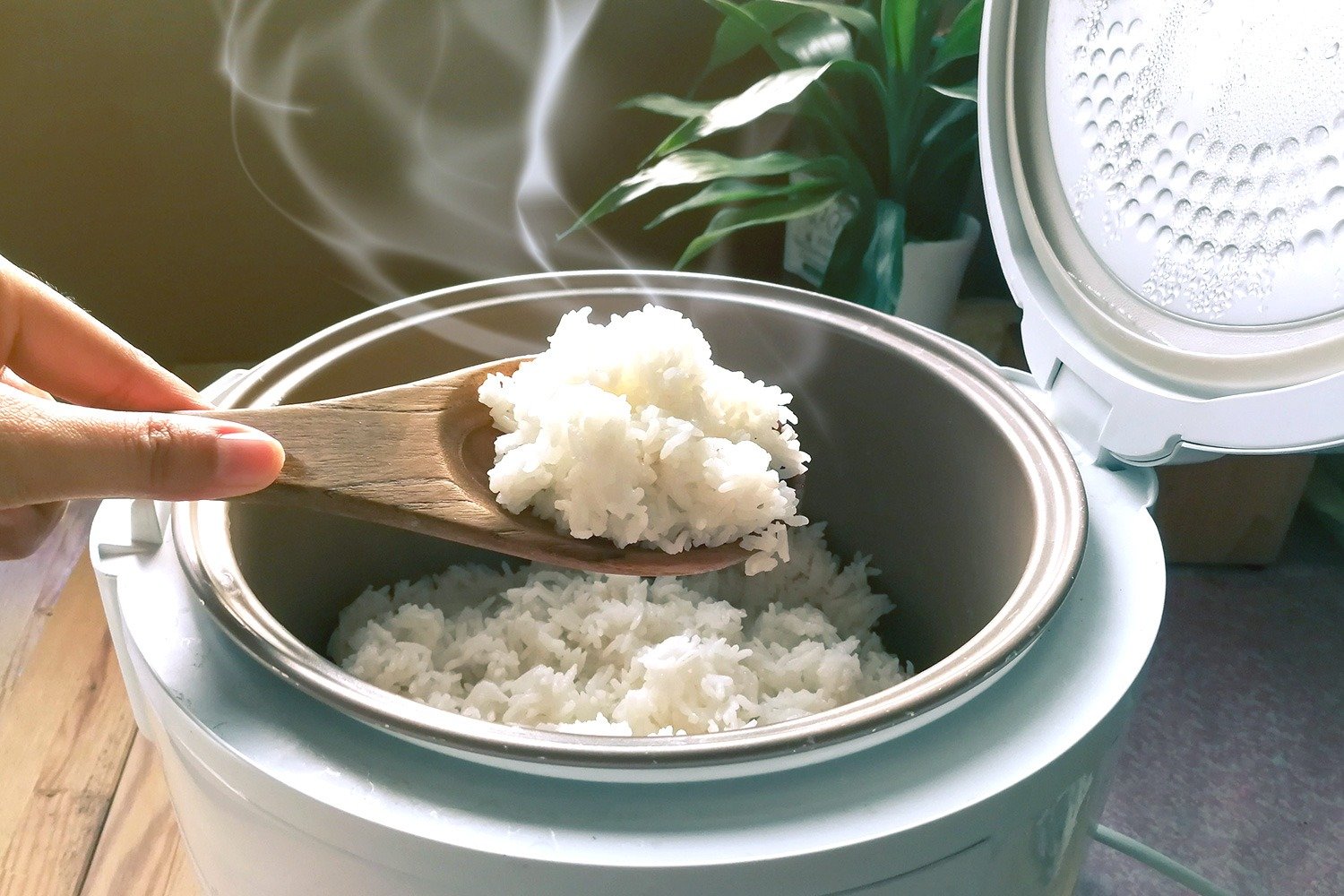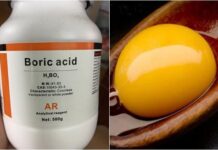Rice is an indispensable staple food in Vietnamese family meals. However, during hot summer days, leftover rice tends to spoil quickly, leading to waste and hygiene issues. To keep rice fresh and tasty, even when left overnight, there’s a little-known trick: add a bit of rice vinegar to the water while cooking. This trick is not only simple and easy to implement but also surprisingly effective, ensuring your rice remains fresh for longer.
Why Does Leftover Rice Spoil Easily?
Before delving into the trick of keeping rice from spoiling, it’s essential to understand why leftover rice is prone to deterioration. Cooked rice typically contains a certain amount of moisture, providing an ideal environment for bacteria and mold to thrive, especially in hot and humid conditions. Room temperatures ranging from 25-35°C, commonly experienced in Vietnam during summer, create a “haven” for bacterial growth. When leftover rice is kept in a closed container or pot without proper ventilation, bacteria such as Bacillus cereus can proliferate, resulting in unpleasant odors and even food poisoning if consumed.
Additionally, the habit of storing rice in cast iron, aluminum pots, or airtight plastic containers further accelerates spoilage. Improper storage practices, such as keeping rice at high temperatures or not allowing it to cool before refrigerating, only increase the risk of spoilage. So, how can we address this issue effectively and simply?

The Secret: Using Vinegar While Cooking Rice
A folk trick that many homemakers have successfully employed is adding a few drops of rice vinegar to the rice while washing it. Rice vinegar, a familiar ingredient in Vietnamese kitchens, serves not only as a seasoning but also as a natural preservative. The primary component of rice vinegar is acetic acid, known for its ability to inhibit bacterial and mold growth, thereby extending the freshness of cooked rice.
The implementation is straightforward. During the final rinse of the rice, add about 1-2 teaspoons of rice vinegar (depending on the amount of rice) to the water, stir well, and then cook as usual. This amount of vinegar is sufficient to inhibit bacterial growth without imparting a sour taste or altering the flavor of the rice. Once the rice is cooked, you’ll notice that it retains its aroma, the grains remain fluffy, and most importantly, it stays fresh even after cooling down for several hours.
Benefits of Using Rice Vinegar
Incorporating rice vinegar not only prolongs the shelf life of cooked rice but also offers additional advantages. Firstly, rice vinegar aids in deeper cleaning of the rice, removing any residual impurities that regular washing might miss. Secondly, rice cooked with rice vinegar tends to be fluffier and less sticky, making it ideal for cooking sticky rice varieties such as glutinous rice or sticky rice. Thirdly, the acid in the vinegar helps balance the pH of the rice, creating an environment less conducive to bacterial growth, thereby extending its shelf life.
This trick is especially valuable for households without refrigerators or during power outages in the summer. Leftover rice can be safely kept at room temperature for 8-12 hours without any noticeable deterioration in quality, odor, or discoloration. For families who cook rice in larger batches to last throughout the day, this trick saves time and resources while ensuring food safety.
Some Important Considerations
To achieve optimal results, keep in mind a few key points when using rice vinegar. Firstly, opt for pure rice vinegar without any chemical preservatives to ensure safety and maintain the natural flavor of the rice. Secondly, avoid overdoing it with the vinegar, as excessive amounts may impart a slight sourness to the rice, affecting its taste. A reasonable ratio is approximately 1 teaspoon of vinegar for every 2 cups of rice.
Proper storage of cooked rice is also crucial. Even with the addition of vinegar, allow the rice to cool completely before sealing the container or transferring it to a storage box. If you have a refrigerator, store the rice in an airtight container in the chillier part to prolong its freshness. When reheating the rice, adding a small amount of water will help restore its softness and aroma as if it were freshly cooked.
In conjunction with using rice vinegar, adopting certain habits can further prevent rice spoilage. For instance, always maintain your rice cooker’s cleanliness before and after cooking to prevent bacterial buildup. Use a clean spoon to serve the rice, avoiding direct hand contact or using a spoon that has come into contact with other foods, as this could introduce bacteria. Additionally, if you wish to impart a unique aroma to your rice, consider adding a few pandan leaves or a dash of sesame oil to the cooking water—this enhances the flavor and aids in preservation.






































